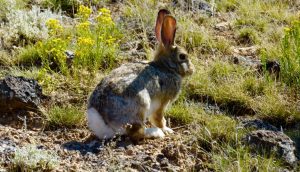Gadgets was set primary in Albuquerque and Santa Fe, New Mexico. This blog post showcases Albuquerque Old Town. 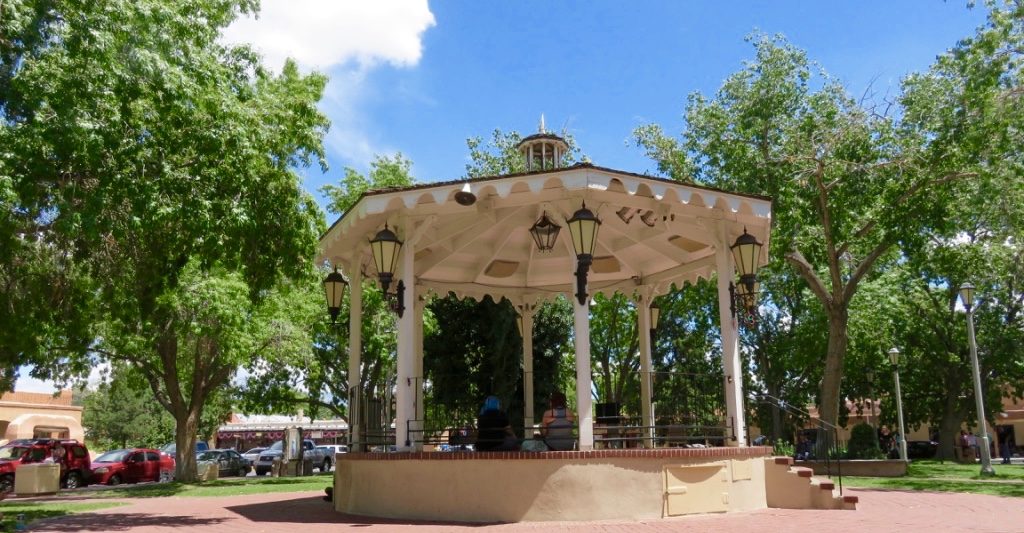
Spanish explorers first arrived in Albuquerque in 1540 under the leadership of Francisco Vázquez de Coronado, but it wasn’t until 1706 that King Philip of Spain gave permission to establish a villa (city) on the banks of the Rio Grande. The colonists chose a spot near the great river, which provided irrigation for their crops and wood from the bosque. Then-governor Francisco Cuervo y Valdés named the newly established villa in honor of the Duke of Alburquerque in Spain. Over the centuries, the first r was dropped from the city’s name.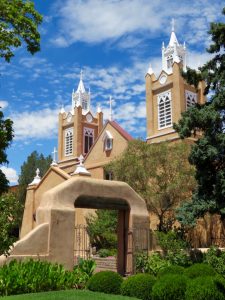
Being religious people, the Spanish settlers immediately erected an adobe chapel, the anchor of the plaza in Albuquerque’s Old Town. Surrounding the chapel were adobe homes, clustered close together for protection. Due to unseasonably heavy rains, the chapel collapsed in 1792 and was rebuilt, enlarged, and remodeled several times over the years, and today, San Felipe de Neri Church stands in this location. This is the church Paco and Bullet visited in Gadgets.
In 1979, I attended my first Albuquerque International Balloon Fiesta. Up at 3:00 a.m., I layered on clothes, packed my camera gear into a day pack, and got an early start on the traffic and crowds of fiesta-goers. Shivering in the predawn, I snuggled into my turtleneck and drew my hoodie tighter around my head before I scarfed down a breakfast burrito and polished it off with hot coffee. Minutes before Dawn Patrol, I slung my new Nikon over my shoulder, hoisted the day pack on my back, and roamed the launch field, snapping, rewinding, snapping, and rewinding, rapping off one frame after another. I made a note to equip my Nikon with an autowind motor drive. But at that time my attention was on the sky and mass ascension.
Flashback to 1972, when the fiesta started as a gathering of thirteen balloons and twenty thousand spectators in the parking lot of the Coronado Shopping Center. It has since mushroomed into the largest hot air balloon event in the world. At this year’s forty-fifth annual fiesta, six hundred balloons will paint the turquoise New Mexico sky a kaleidoscope of colors. To accommodate the tens of thousands of guests, balloonists, and balloons, the nine-day fiesta is now held at a permanent site called Balloon Fiesta Park.
Stuck in traffic as I left the fairgrounds, I knew it wouldn’t be my last fiesta, and who knows, maybe I would top the five hundred photos I had taken that day. In Gadgets the reader can see the event through Darcy’s eyes. To learn more about the fiesta–http://www.balloonfiesta.com.
And for the artist in all of us, I thought you might enjoy these photos taken during my jaunt through Old Town. Note the bright colors in the courtyard of the photo of the doorway.
An excerpt from Gadgets
Darcy parked her 4Runner in a visitor’s spot and doublechecked the address Randolph had given her. The right address, so she climbed out, pleased by the modern design of the building, from the pink granite to the expanses of turquoise glass banded by chrome to the purple pipe railings on the wraparound balconies. A far cry from the original Colton Aerospace, once housed in an old warehouse in a rundown section of town near the airport.
The building and location for Colton Aerospace was inspired by Sun Healthcare Corporation Campus in Albuquerque’s Journal Center. These photos are from the architect’s website. The campus was designed by FBT Architects and has panoramic views of the Sandia Mountains. https://fbtarch.com/
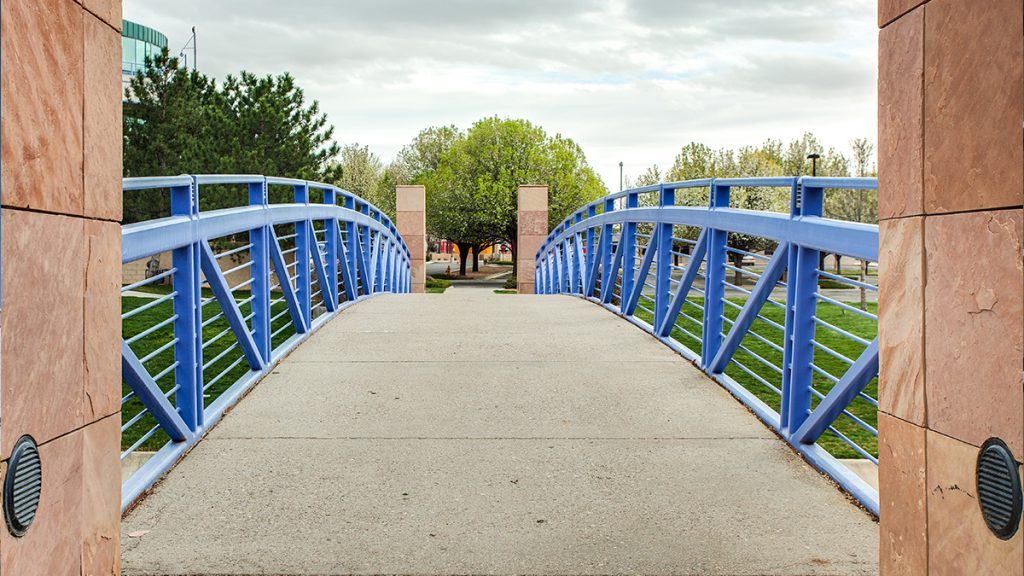
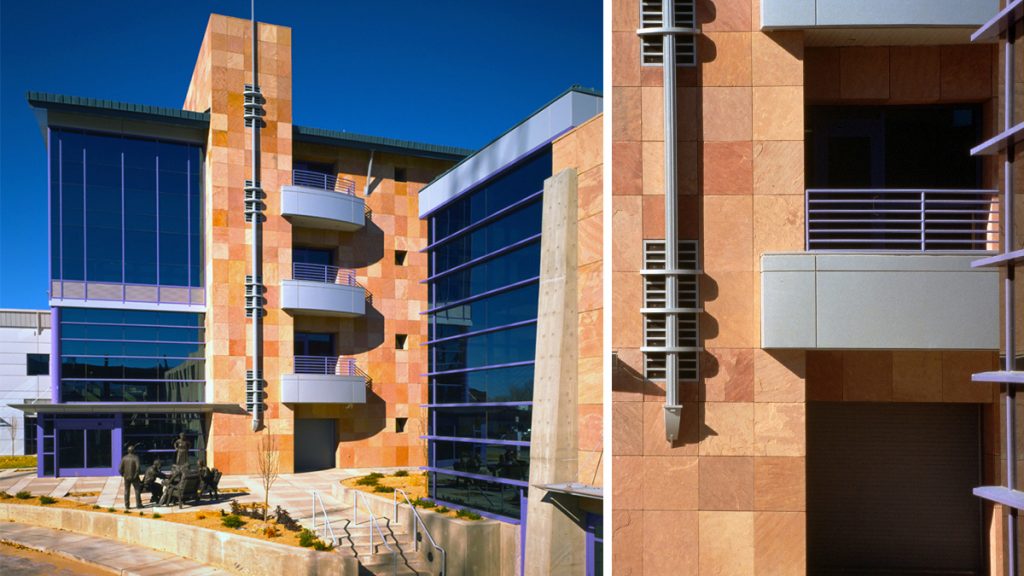


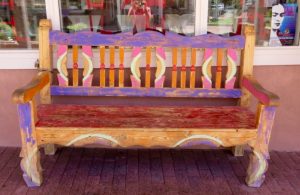
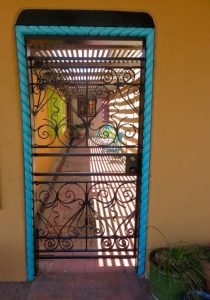
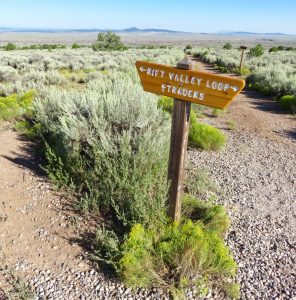
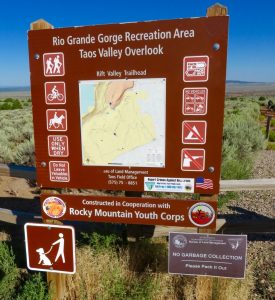
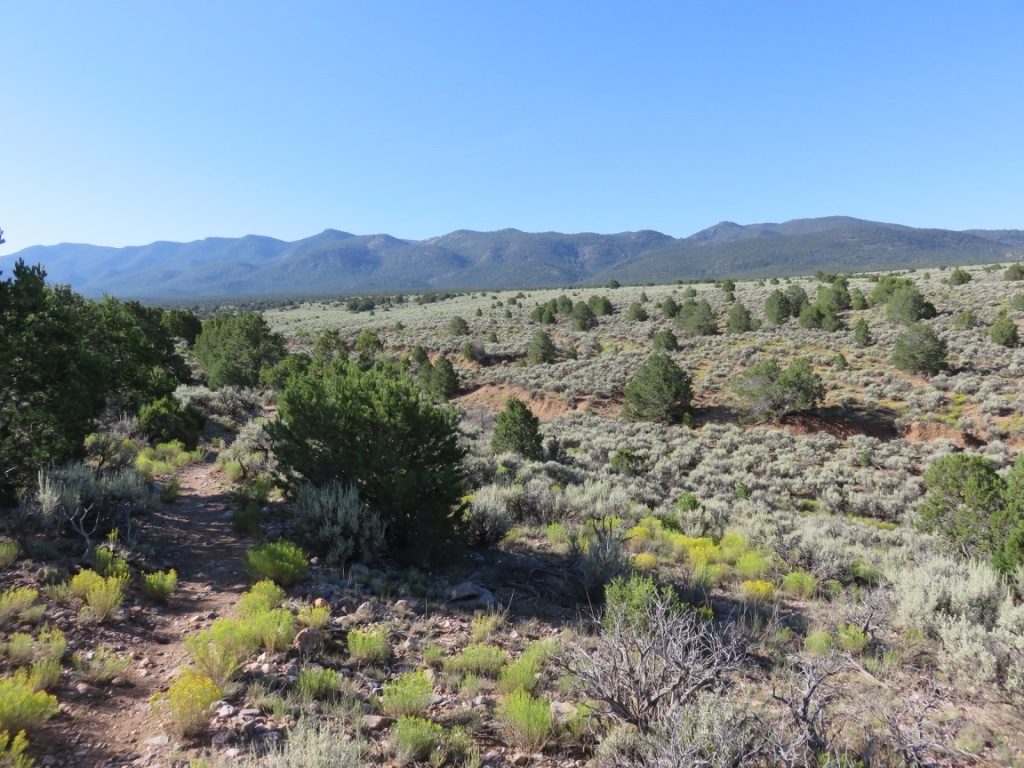
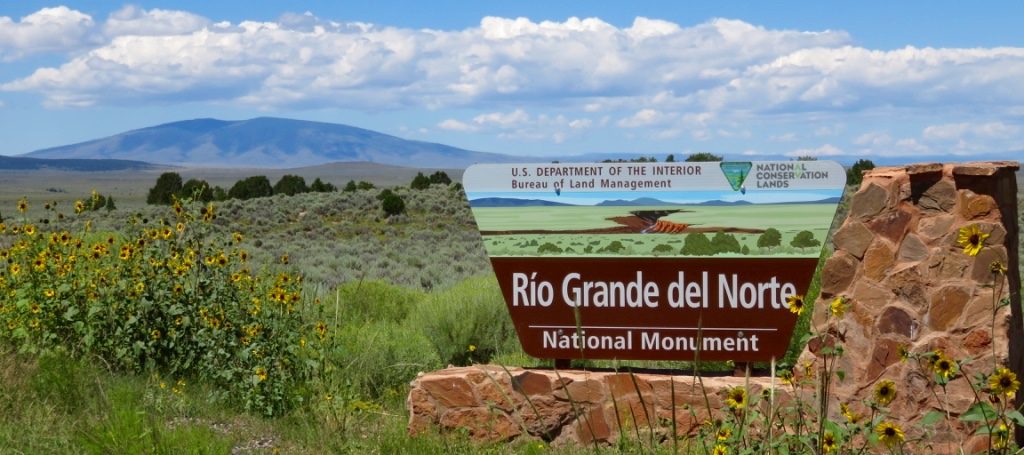
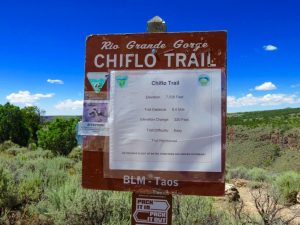
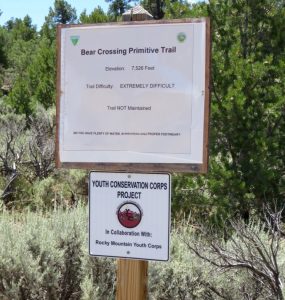
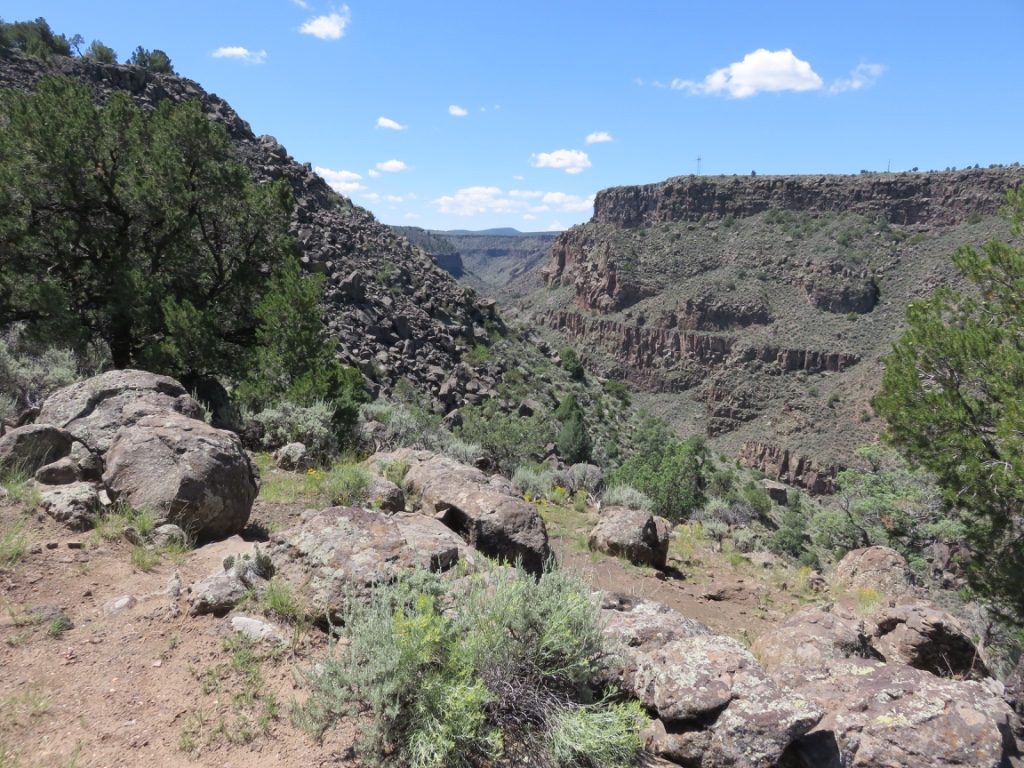
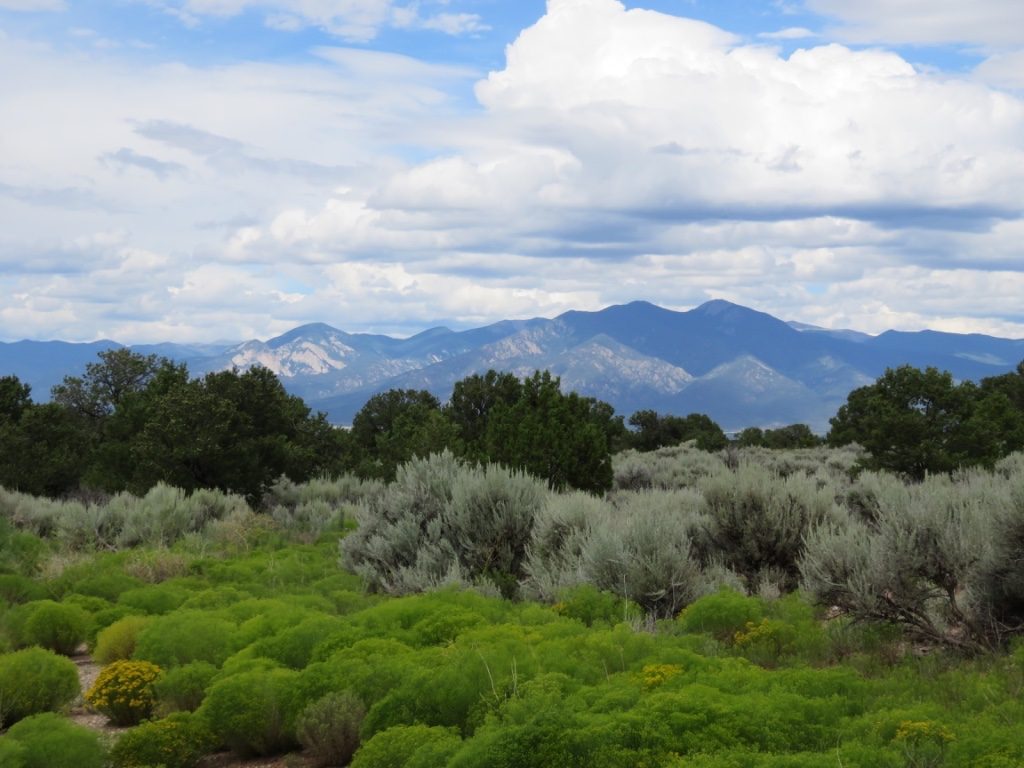
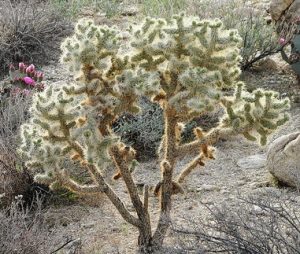
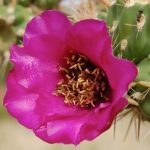
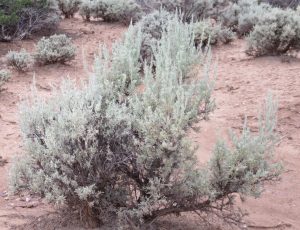
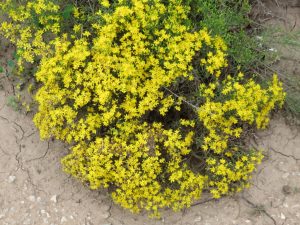
 Too much water and you can rot your blue grama. Photo: High Country Gardens, Santa Fe, New Mexico. We purchased our blue grama plugs from them. It will be another season before we have a full lawn.
Too much water and you can rot your blue grama. Photo: High Country Gardens, Santa Fe, New Mexico. We purchased our blue grama plugs from them. It will be another season before we have a full lawn.